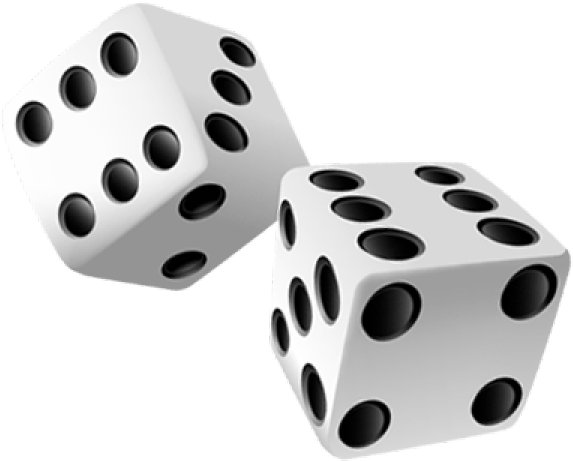The Unseen Architecture: How the “Best” Games Master Pacing and Player Psychology
Beyond the visible pillars of graphics, sound, and story, the true mark of a “best” game lies in its mastery of the invisible: pacing and psychological flow. These games function not just as entertainment but as meticulously crafted emotional journeys, conducting the player’s feelings through svip5 apk peaks of exhilaration, valleys of contemplation, and plateaus of satisfying progression. This sophisticated understanding of rhythm and cognitive engagement is what separates a good game from a legendary one, transforming a series of mechanics into an unforgettable experience that feels perfectly attuned to the player’s needs, often without them even realizing it.
This architectural approach to emotion is evident in the genre-blending mastery of a title like Portal 2. It seamlessly weaves between laugh-out-loud dark comedy, moments of isolated eerie discovery, and the pure intellectual euphoria of solving a complex spatial puzzle. The game intuitively knows when to introduce a new mechanic, when to let the player experiment freely, and when to subvert expectations entirely with a dramatic shift in environment and tone. It never allows boredom or frustration to set in, because its pacing is calibrated to constantly provide fresh challenges and rewards, both intellectual and emotional. This creates a sustained state of engagement where hours feel like minutes.
Even in vast open-world games, the best examples use pacing to avoid the common pitfalls of fatigue. The Legend of Zelda: Breath of the Wild is a masterclass in this. The heart of its design is freedom, but it cleverly uses the environment itself to guide pace. A distant shrine or curious mountaintop creates a short-term goal, while the journey there is filled with unplanned discoveries—a hidden Korok seed, a battling moblin camp, a sudden thunderstorm. The player is never on a monotonous long march; they are on a series of small, rewarding adventures, with the world itself ensuring the rhythm remains dynamic and player-driven, rather than checklist-oriented.
This psychological craftsmanship is the silent engine of greatness. A game that understands pacing knows when to apply pressure and when to release it, when to offer a power fantasy and when to make the player feel vulnerable. It respects the player’s time and intelligence, avoiding gratuitous grinding or filler content. The “best” games feel intuitively right because their creators have acted as expert psychologists and conductors, orchestrating every element to create a perfect symphony of engagement. We may remember the set-pieces and the stories, but it is the flawless flow of the experience that etches these games into our memory as benchmarks of the craft.









